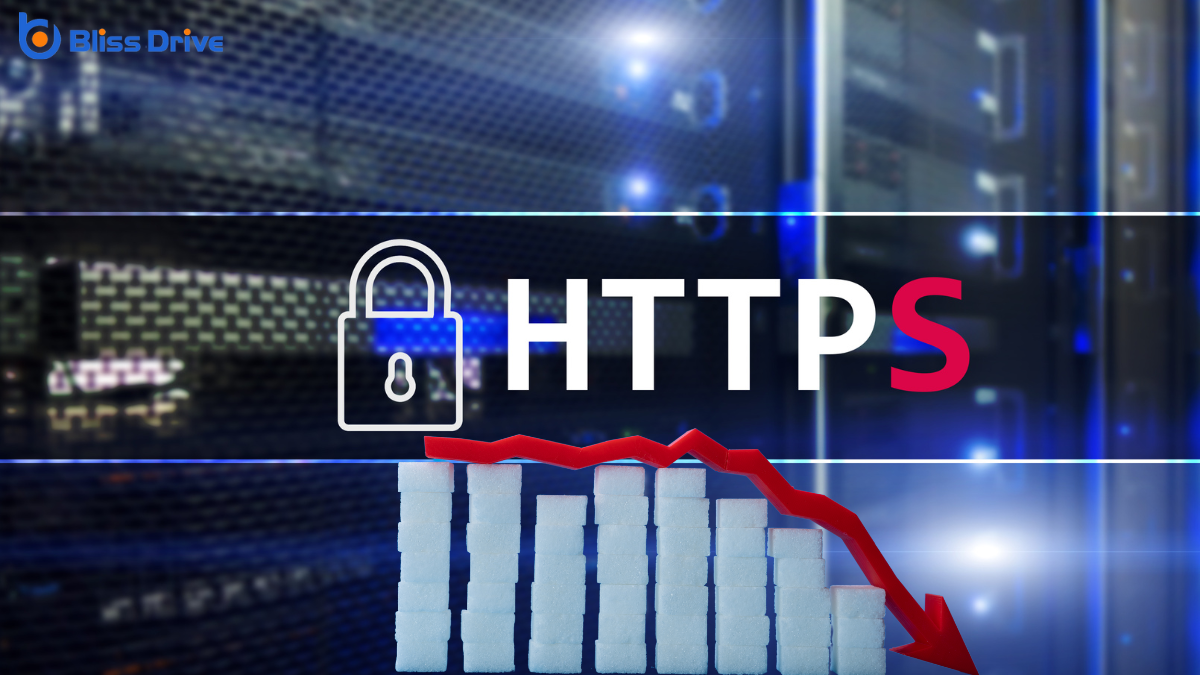Learn More About Us

You've likely heard that site speed is essential for user experience and search engine rankingsThe position at which a website appears in the SERP.. HTTP/2 is a game-changer in this arena, offering several features that could drastically improve your website's performance. But how exactly does it work its magic, and can it really outperform the tried-and-true HTTP/1.1? Let's explore these fascinating aspects of HTTP/2 that could transform how quickly your site loads and operates.
HTTP/2 is a game changer in the world of web protocols.
You're probably familiar with HTTP/1.1; it's been around for decades and has served the internet well. However, as websites become more complex, the need for a faster, more efficient protocol becomes clear.
Enter HTTP/2. It enhances website performance by allowing multiple requests to be sent simultaneously over a single connection. This means you don't have to wait for one request to finish before starting another, speeding up how quickly pages load.
HTTP/2 also compresses headers, reducing data size and improving transfer efficiency.

While exploring the advancements in web protocols, you'll find that multiplexing plays a crucial role in reducing latency with HTTP/2.
Unlike HTTP/1.1, which requires separate connections for each request, HTTP/2's multiplexing technique allows multiple requests and responses to occur simultaneously over a single connection.
This means you won't encounter the delays caused by waiting for one request to finish before starting another.
When discussing how HTTP/2 enhances performance, header compression is a key factor to take into account.
You might wonder why compressing headers matters. Well, each HTTP request and response includes headers. With HTTP/1.1, these headers can be quite verbose, which slows down the transfer of data.
HTTP/2 introduces HPACK header compression, reducing the size of these headers considerably. This means less data travels between your browser and the server, speeding up your site.
Compression minimizes latency and optimizes bandwidth, so your users experience faster load times. You don't have to worry about setting it up manually, as most modern browsers and servers support it by default.
It’s a straightforward way to boost performance without complex configurations.
Although traditional methods of content delivery involve waiting for requests to be made, server push changes the game by delivering resources proactively.
With server push, your server anticipates the resources a browser will need and sends them without waiting for the browser to ask. This can markedly speed up your site and enhance user experience.
Here’s how you can leverage server push effectively:

Server push showcases one of the many advantages that HTTP/2 brings to the table, but it's just the tip of the iceberg.
When comparing HTTP/2 with HTTP/1.1, you’ll notice significant real-world performance gains. HTTP/2 multiplexes multiple requests over a single connection, which means you’re no longer bogged down by the old “one-by-one” request system of HTTP/1.1. This translates to faster loading times and a smoother user experience.
You’ll also benefit from header compression, reducing overhead and speeding up data transfer. Additionally, prioritization and better resource allocation help your server deliver content more efficiently.
With HTTP/2, you’re getting a significant boost in site speed. Multiplexing allows multiple data streams over a single connection, drastically reducing latency. You’ll see how header compression minimizes data usage, enhancing overall performance. Plus, server push proactively delivers resources, cutting down wait times. When you compare it to HTTP/1.1, the real-world performance gains are clear. By adopting HTTP/2, you’re ensuring a faster, smoother user experience that's hard to beat.
